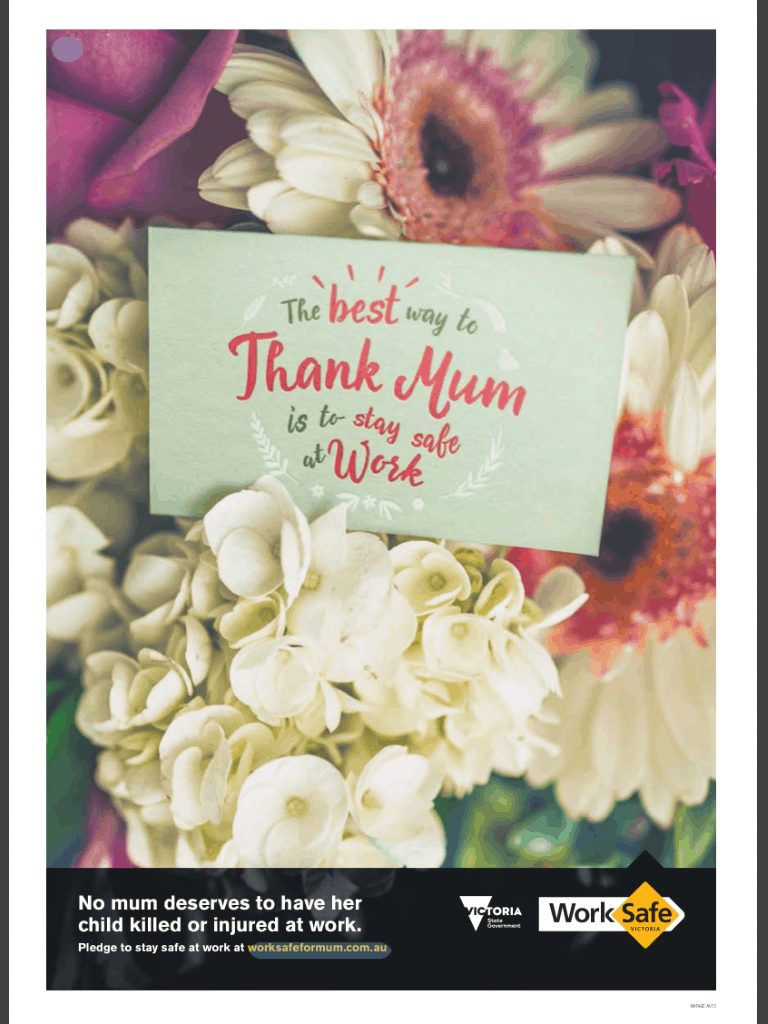Already a member? Log in here
Breakfast seminar provides OHS tidbits
In May 2016, the Safety Institute of Australia (SIA) and Herbert Smith Freehills (HSF) held their annual safety breakfast. The speakers were the usual blend of WorkSafe representative, SIA, Herbert Smith Freehills and remuneration survey results but there is always bits of useful information for the old hands and a lot of information for new entrants in the occupational health and safety profession. Continue reading “Breakfast seminar provides OHS tidbits”
Workplace Bullying needs a broad and integrated approach
Recently, through LinkedIn, a Human Resources (HR) professional wrote an article that busted some myths about workplace bullying. It is a useful article but also illustrates that HR and occupational health and safety (OHS) still have some way to go before providing a coordinated approach to workplace bullying and the mental health issues that contribute to the psychosocial hazard.
Continue reading “Workplace Bullying needs a broad and integrated approach”
Two ABC radio broadcasts on OHS
Dolly Parton sang about working 9 to 5, asked “what a way to make a living” and asserted that it would drive you crazy if you let it. Many workers would look on a shift of only 9 to 5 as a luxury. ABC Radio in Brisbane played this song as an introduction to a series of radio interviews about workplace safety in which myself and Professor Niki Ellis participated on 9 May 2016.
Curiously the interview, part of their The Juggle series, occurs in the Drive time slot of 4pm to 6pm but the discussion was almost all about occupational health and safety (OHS) in the office environment. If 9 to 5 still exists anywhere, the audience for office safety information was busy. It would have been interesting to talk about OHS and work vehicles. Continue reading “Two ABC radio broadcasts on OHS”
OHS consultant guilty of impersonating a SafeWork SA inspector
There are several important lessons from a recent conviction of an occupational health and safety consultant (OHS) in South Australia for impersonating a SafeWork SA inspector on multiple occasions.
According to SafeWorkSA’s media release, Sam Narroway has been found guilty of impersonating a SafeWork South Australia Inspector and fined $A15,000. Presiding Industrial Magistrate Lieschke stated that
“In my view these are serious offences – they involved risk to the community, damage to the credibility of SafeWork SA and to professional work health safety consultants”.
According to LinkedIn and as acknowledged in the Court judgement, Sam Narroway is now the Chief Executive Officer of Australian Workplace Safety Group. Narroway has described this new company as a successful venture and indications are that he intends to restart his career.
Australia’s election looks like it will miss workplace safety
The Australian Treasurer,
What better way to thank your Mum than by staying safe at work?
 WorkSafe Victoria has often been a leader in advertisements about occupational health and safety (OHS). It has had mixed success since its Homecoming campaign, as it tries different strategies in the vital social media and internet communication world.
WorkSafe Victoria has often been a leader in advertisements about occupational health and safety (OHS). It has had mixed success since its Homecoming campaign, as it tries different strategies in the vital social media and internet communication world.
It’s latest campaign, Work Safe For Mum, has been running for around a week before Australia’s Mother’s Day on May 8, 2016. It is one of those ads that doesn’t mention the product it is selling until the end. The challenge with such ads is to inspire or guilt the viewer enough that they not only acknowledge the importance or relevance of the product but take the next act which, in this case, is to pledge to be safe at work. Continue reading “What better way to thank your Mum than by staying safe at work?”
